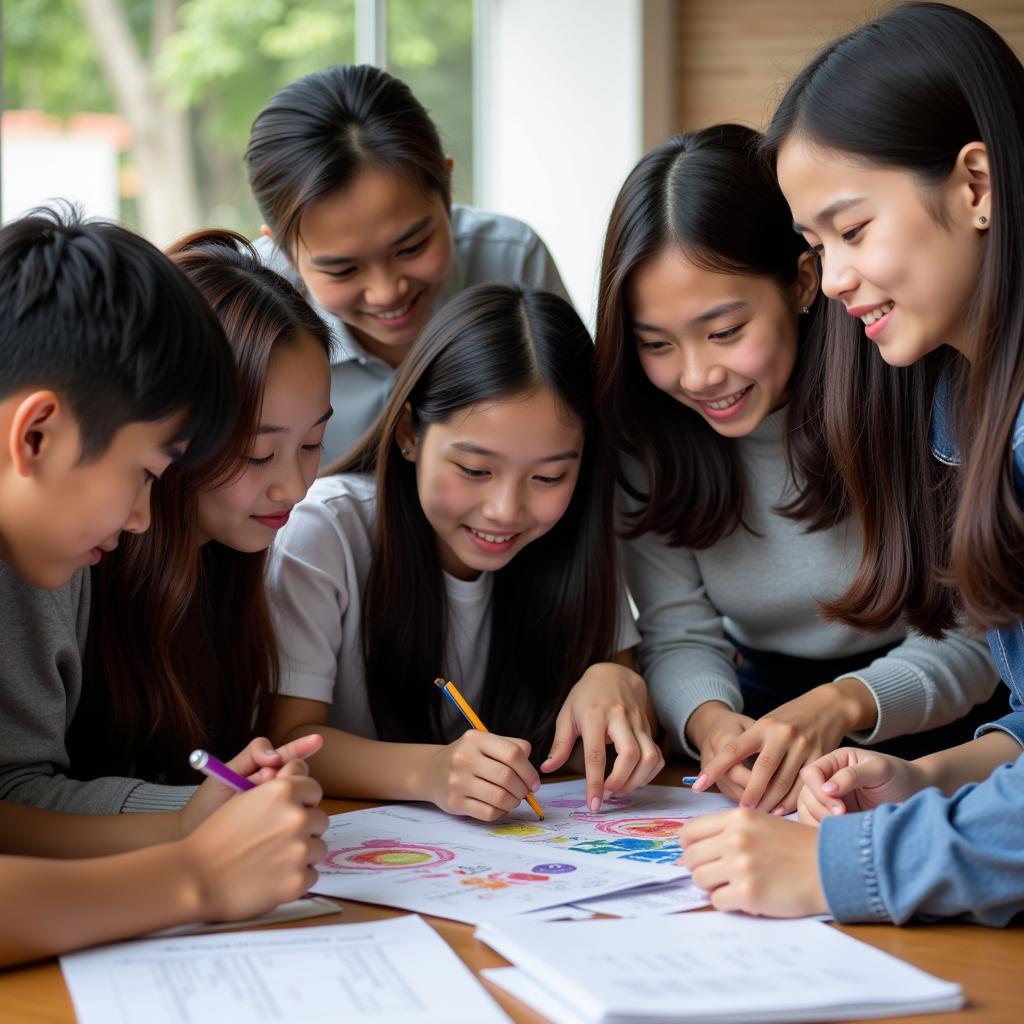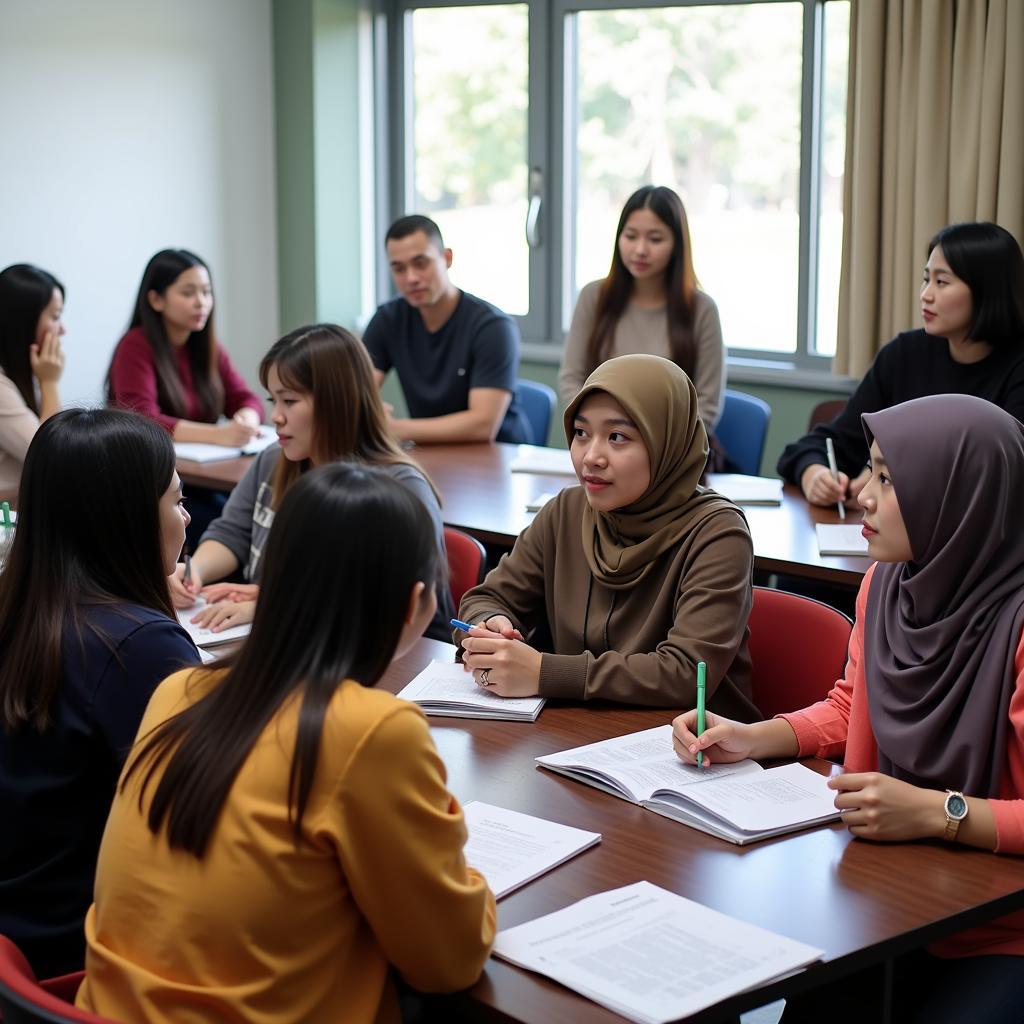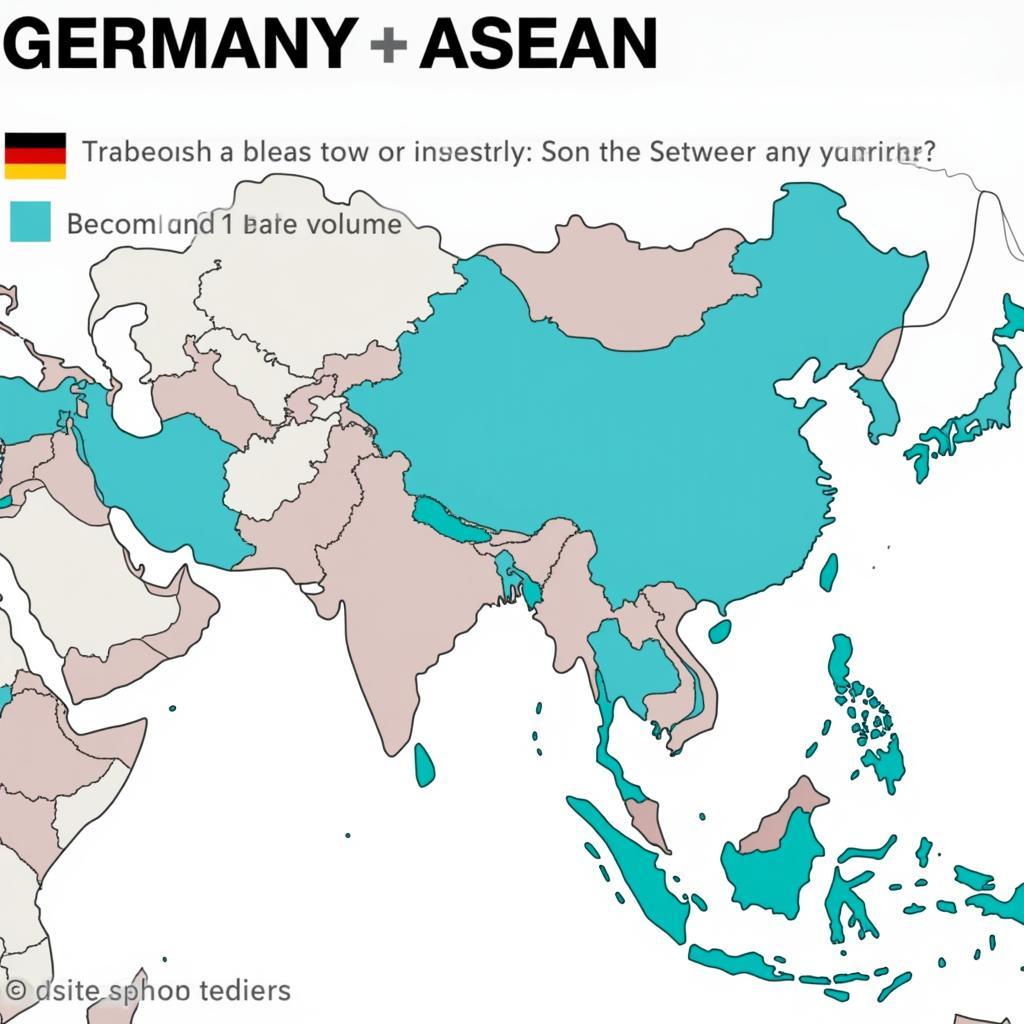The ASEAN Education Alliance (AEA) stands as a testament to the power of collaboration in addressing Southeast Asia’s educational challenges. This powerful initiative brings together diverse stakeholders to create a more inclusive, resilient, and future-ready education system across the region.
The Need for an ASEAN Education Alliance
Southeast Asia, despite its rapid economic growth, faces persistent disparities in education quality and access. Factors like geographic location, socioeconomic background, and differing levels of national development contribute to these inequalities. The AEA seeks to bridge these gaps by:
- Promoting equitable access to quality education: AEA strives to ensure that all learners in Southeast Asia, regardless of their background, have equal opportunities to reach their full potential.
- Enhancing the relevance of education to the job market: With the ASEAN region’s evolving economic landscape, AEA focuses on equipping learners with skills and knowledge relevant to the demands of the 21st-century workforce.
- Fostering a sense of regional identity and citizenship: By promoting cross-cultural understanding and collaboration, AEA aims to nurture a generation of Southeast Asians who are globally aware and regionally connected.
 Students collaborating on a project
Students collaborating on a project
Key Initiatives of the ASEAN Education Alliance
The AEA drives its mission through a range of impactful initiatives, including:
- Scholarship and exchange programs: These programs provide opportunities for students and educators to study and gain experience in other ASEAN countries, fostering cross-cultural learning and building regional networks.
- Joint research and development projects: By supporting collaborative research projects, AEA promotes innovation in education and tackles common challenges faced by ASEAN nations.
- Teacher training and professional development workshops: AEA organizes training programs to enhance teachers’ pedagogical skills, equipping them with the necessary tools and knowledge to deliver high-quality education.
The Impact of the ASEAN Education Alliance
While still a relatively young initiative, the AEA has already made significant strides in:
- Increasing student mobility within ASEAN: Scholarship and exchange programs have facilitated greater movement of students across borders, contributing to a more interconnected and culturally aware student body.
- Boosting regional research output and collaboration: Joint research initiatives have fostered collaboration between academics and researchers across Southeast Asia, leading to innovative solutions and a greater understanding of shared challenges.
- Enhancing the quality of teaching and learning: Teacher training programs have contributed to improved teaching practices and a more engaging learning experience for students across the region.
 Teachers participating in an interactive workshop
Teachers participating in an interactive workshop
Challenges and Opportunities
Despite its achievements, the AEA faces ongoing challenges:
- Securing sustainable funding: Continued financial support from governments and other stakeholders is crucial for the long-term sustainability of AEA’s initiatives.
- Navigating diverse education systems: ASEAN’s diverse education systems require careful coordination and adaptation of programs to suit individual country contexts.
- Measuring and evaluating impact: Establishing robust mechanisms to track and measure the impact of AEA’s programs is essential for ensuring accountability and continuous improvement.
However, these challenges also present opportunities:
- Leveraging technology for greater reach: Digital platforms and online learning tools can expand the reach of AEA’s programs and bridge geographical barriers.
- Strengthening partnerships with the private sector: Collaboration with businesses can enhance the relevance of education to the job market and create pathways for graduates into meaningful employment.
- Advocating for increased investment in education: AEA can play a crucial role in advocating for greater investment in education by governments across Southeast Asia.
The Future of the ASEAN Education Alliance
The AEA holds immense potential to transform Southeast Asia’s education landscape. By continuing to champion collaboration, innovation, and inclusivity, the AEA can empower future generations with the knowledge, skills, and perspectives to thrive in an increasingly interconnected world.
The success of the AEA hinges on the continued commitment of ASEAN member states, educational institutions, and other stakeholders. Through sustained effort and a shared vision, the AEA can truly bridge the gaps in Southeast Asia’s education system and unlock the region’s vast human potential.
For more insights into regional cooperation, explore these related articles:
Frequently Asked Questions about the ASEAN Education Alliance
1. What is the main goal of the ASEAN Education Alliance?
The AEA aims to promote equitable access to quality education, enhance its relevance to the job market, and foster regional identity among Southeast Asian youth.
2. How does the AEA support teachers in the region?
The AEA organizes teacher training and professional development workshops to equip teachers with the skills and knowledge necessary to deliver high-quality education.
3. What are some examples of AEA initiatives?
The AEA implements scholarship and exchange programs, supports joint research and development projects, and organizes teacher training workshops.
4. What are some of the challenges faced by the AEA?
The AEA faces challenges such as securing sustainable funding, navigating diverse education systems, and measuring the impact of its programs.
5. How can I get involved with the ASEAN Education Alliance?
You can stay informed about AEA’s initiatives and opportunities for involvement through their official website and social media channels.
Need assistance? Contact us:
Phone Number: 0369020373
Email: aseanmediadirectory@gmail.com
Address: Thon Ngoc Lien, Hiep Hoa, Bac Giang, Vietnam
Our customer support team is available 24/7 to assist you.
